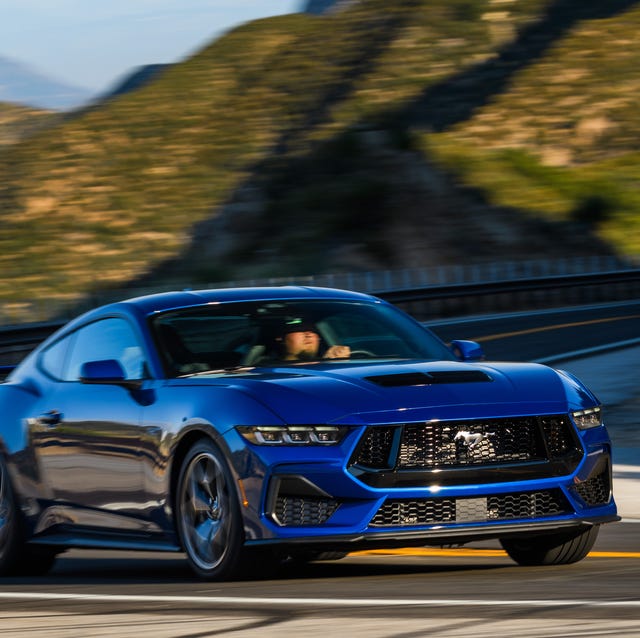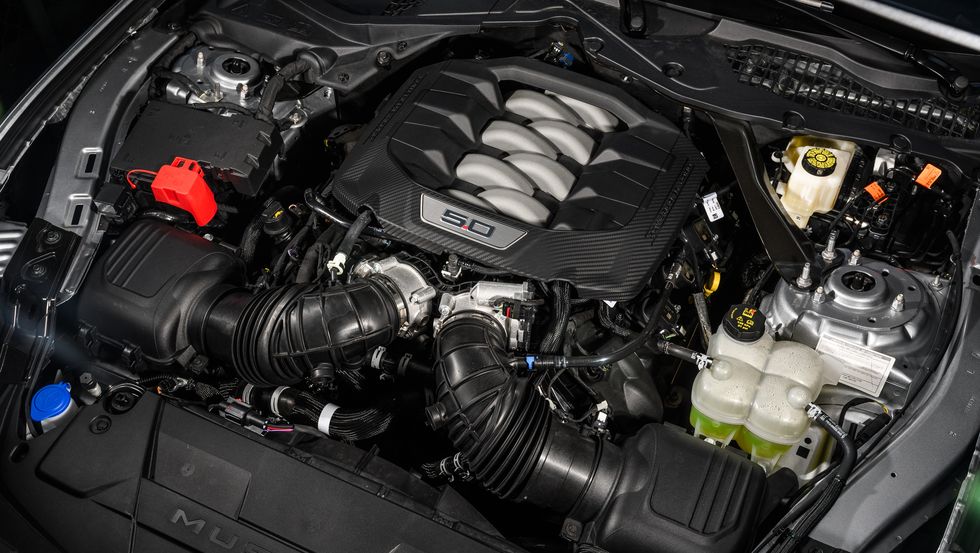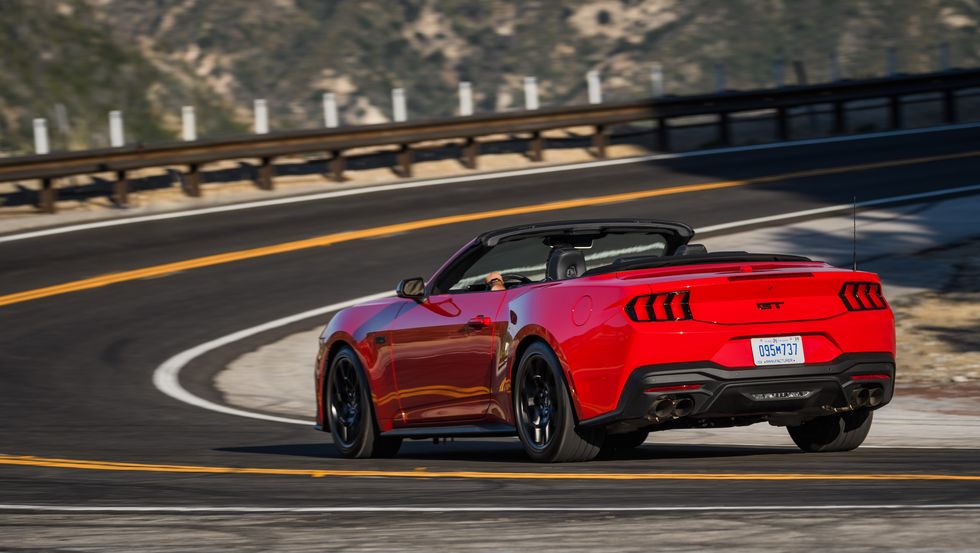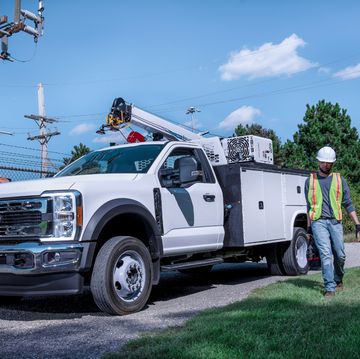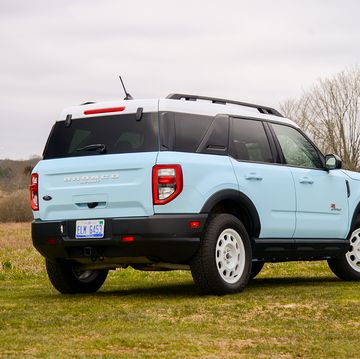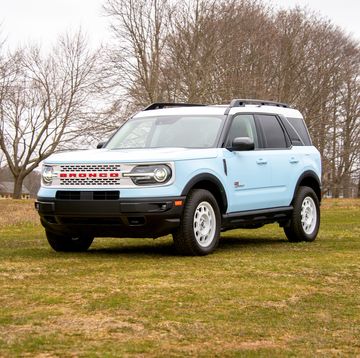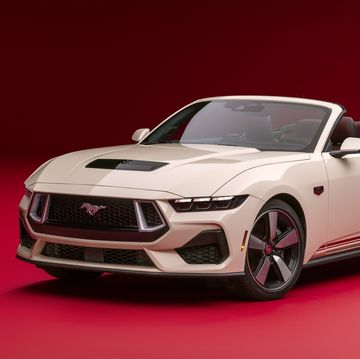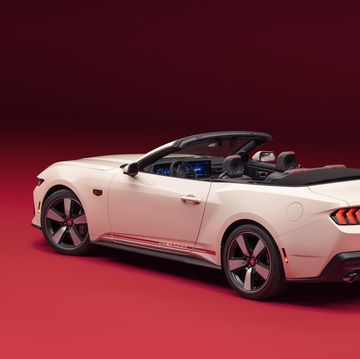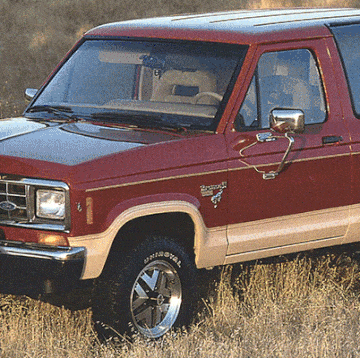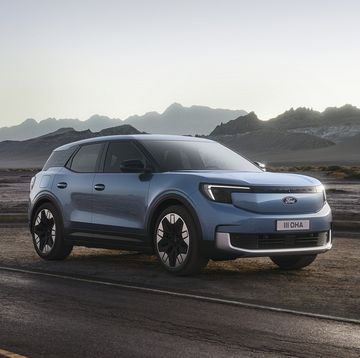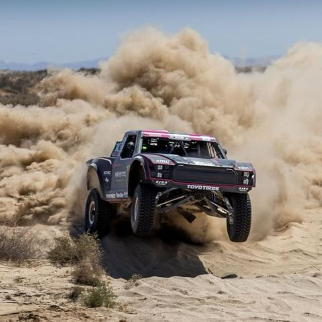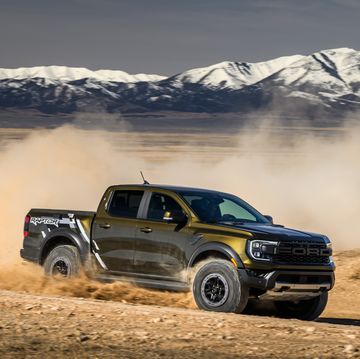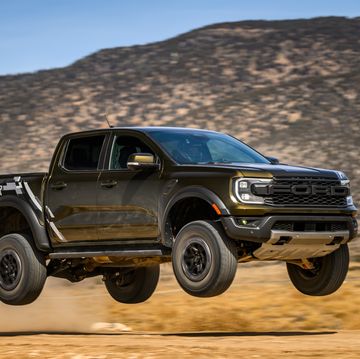- Ford introduces its 2024 Mustang GT, the one with the V8 and six-speed manual transmission. A 10-speed automatic is available, too.
- The Performance Pack option is well worth it to make this a real performer.
- With the Chevy Camaro and Dodge Challenger going or gone, only Mustang remains in the American muscle car segment.
The “all-new” seventh-generation Ford Mustang is stiffer, more aerodynamically efficient, and more powerful than the muscle car it replaces. Just not a lot more.
But the 2024 Mustang GT doesn’t have to be much better, since it’s the last muscle car standing. The Chevy Camaro and Dodge Challenger are either out or on their way out, victims of The Attack of the 50-Foot SUV that is taking over what used to be known as the car market.
It’s something of a miracle that the Mustang’s still around. It’s even understandable that Ford didn’t spend a whole lot of money—relatively speaking—re-designing and re-engineering it this time. Mustang sales have been steadily dropping since the introduction of the last model in 2015, when they peaked at 122,349. Last year Ford sold less than 50,000 pony cars in an SUV-crazed market.
So we should all be glad the car even exists. And maybe we shouldn’t go so hard on Ford that it didn’t really change much on what it is calling the “all-new” seventh-generation Mustang GT.
For instance, thanks to cool new twin intakes mated to twin throttle bodies, horsepower in the GT’s 5.0-liter naturally aspirated V8 goes up from 450 in the sixth-gen to a new peak of 486 hp now. But torque drops from 420 lb-ft in the previous V8 to 418 in the revised engine. And those new peaks are only achieved with the optional “active exhaust” wide open. Without it, horsepower peaks at 480 and torque at 415.
We should also be thankful that Ford still offers a manual transmission. While the entry-level EcoBoost four-cylinder Mustang makes do with the 10-speed automatic transmission, the GT can be ordered with either the 10-speed auto or a six-speed manual. Ford says 27% of GT buyers choose to row their own gears.
Another 22% of buyers will pick the Performance Package, further evidence that enthusiast drivers still exist. The Performance Package offers a laundry list of cool features: A front strut tower brace helps stiffen up the front end; a Torsen limited slip gets more power to the ground; MagneRide active suspension adjusts shock stiffness based on how you’re driving and which of the six drive modes you’ve selected—normal, sport, slippery, drag, track, or any of six pre-set customizable modes you can store in the system.
You also get wider rear wheels and tires, 390-millimeter front and 355-millimeter rear Brembo brakes with their own brake ducts for better cooling, and you can add an auxiliary oil cooler. And don’t forget grippy Recaro seats that are like giant baseball mitts to keep your torso and thighs from sliding around on those twisty mountain roads.
The new Mustang GT shares the same sleeker exterior as the EcoBoost four-banger, and also shares the truly all-new interior, with its flashy and engaging gamer-boy gauge and infotainment screens across the dash and center stack. A lot of people nowadays make their buying decisions based on those interfaces.
Now to the drive! Ford handed out cars in a very specific order: EcoBoosts first and GTs after that. Yesterday I told you about my EcoBoost experience, which was hamstrung by a non-Performance Package model with the mandatory 10-speed automatic. Wimpy brakes, tires, and all-too-occasional understeer left me flat, though the 10-speed auto did do a good job of holding the gears through the tight and twisty roads Ford selected.
My next day’s drive was all-GT all day long, and I was much happier, as you will be, too, if you choose wisely. I got into a GT Coupe with premium trim and the GT Performance Package. That meant I was riding on 255 front/275 rear/R19 summer tires, stopped by the biggest Brembo brakes available, a 3.73:1 rear axle, and all the Performance Package features listed above.
As soon as I dropped into my first real curve up on Angeles Crest Highway I could feel this was the right combination of Mustang parts for me (and probably for you, too). I clicked it into the “track” mode and might have even said, “Giddyup.” The six-speed manual was darn near a joy. With medium effort to operate the clutch, gears were easy and obvious to find, and the rev-matching that comes standard on six-speed manual GTs held engine rpm when the clutch was engaged.
“This retains peak torque between manual gear changes, delivering even more precision, thrill, and better refinement,” Ford says.
Just as in the EcoBoost models, Ford dropped the steering ratio in the GT from 16:1 in the previous model to 15:1 across the board in the seventh-gen. Along with the beefier tires, meatier brakes, and maybe even the grippy Recaro seats, I felt like I had the right car for the road.
Passing opportunities were dispatched quickly and with little fanfare thanks to the mighty V8, and handling through the mountain’s many turns was downright gleeful.
Another interesting and potentially fun feature that comes with the Performance Package is the electronic drift brake. Push an icon on the center screen that says, “Drift Mode” and you can use the parking brake handle just like Ford Mustang-driving Formula D professional Vaughn Gittin Jr.
It was hard to tell if the system was fully locking both rear tires of if there was some degree of graduation in how it grabbed the rear discs based on how hard you were yanking on the lever. The literature said the system locks both rear wheels, which isn’t really what you want. You want to be able to add just a little braking to the rears, as needed to complete what will surely be a righteous drift in your new Mustang. Check out some drifting from RTR here.
Drag racers will appreciate the line-lock feature, which—as you drag racers know—locks up the front tires so you can do crowd-pleasing burnouts at your next street takeover.
Of course, you pay $10,575 more for a 5.0-liter V8-powered GT compared to the rental-car EcoBoost, but it’s way worth it. If the muscle car is an endangered species, do your part and buy a few of them. GT prices start at $43,090, and there’s a 500-hp “Dark Horse” version coming that will sticker at $59,565. They’ll make you say, “Giddyup!”
Have you spent much time driving four-cylinder, V6, or V8 Mustangs? If so, please share your experiences.

